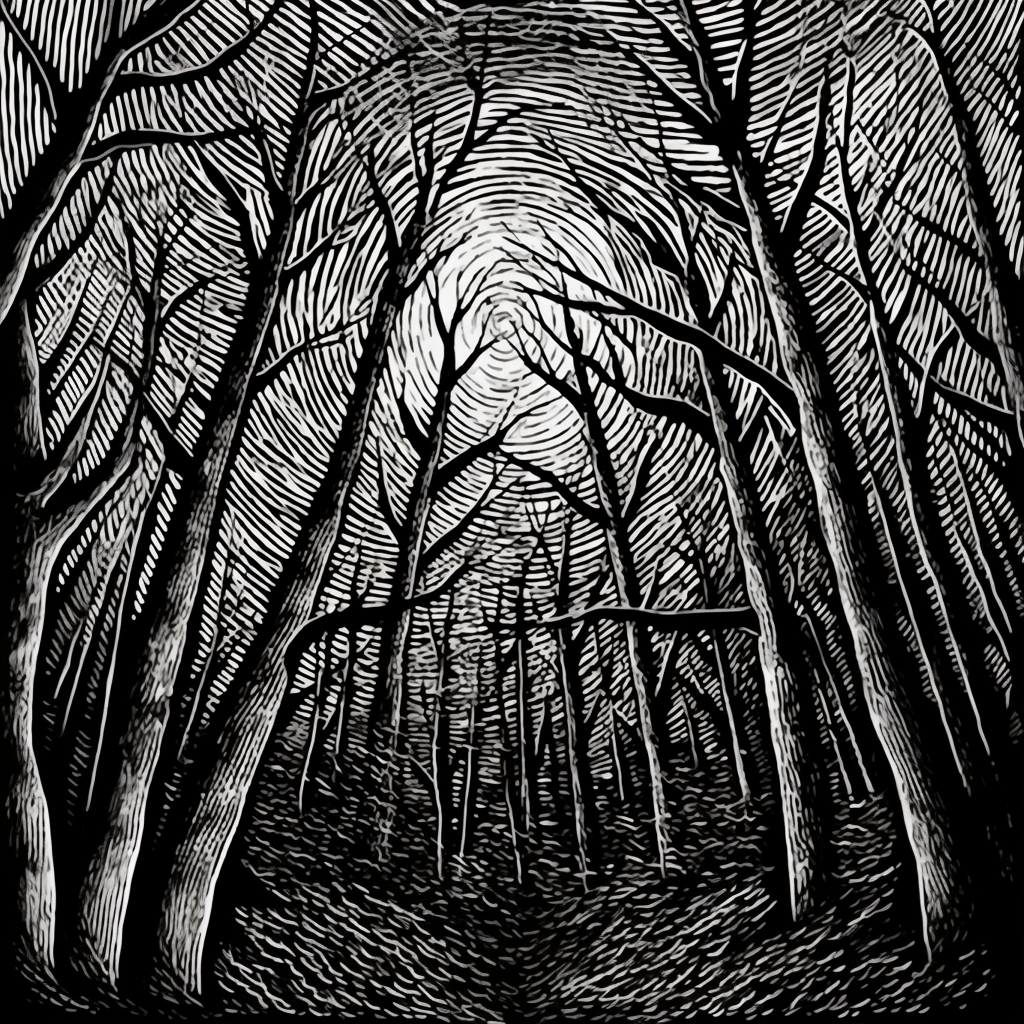Winter takes the valley slowly.
The oaks and maples now stand bare. Their fallen leaves lie thick against barren bushes and collect in low spots where water gathers after rain. Beneath this brown mat, the earth shows through—dark soil, exposed roots, and pale threads of fungus already at work.
Only the evergreens hold their color. The white pines keep their needles. The holly by the stream stays glossy and green. In the bamboo thicket where deer shelter, green stems bend but don’t break under the weight of morning frost.
Last summer’s growth stands dead in the understory. Snakeroot stalks rattle when the wind moves through. Wineberry canes arch over the trail, their thorns still sharp. Where runoff has carved channels down the slope, shale breaks through the clay—the old bones of these Pennsylvania hills.
The days grow short. Frost silvers the grass each morning, but by noon the sun warms the ground enough for robins to hunt. I watch them from my window—quick hops across the lawn, heads tilted, listening. A pause, then the sharp thrust for a worm. They feed with urgency now. Soon, they’ll be gone south.
Yesterday, I counted seven robins working the soft ground near the driveway. Their orange breasts caught the afternoon light. One pulled a fat earthworm from the mud and swallowed it whole. Another scratched through wet leaves, sending up small sprays of water.
Each day brings winter closer. Each robin that feeds here today may be five hundred miles south by week’s end. But others will arrive from the north to take their place, and the hunting will continue until the ground freezes solid.
This is how it goes—one season yielding to the next, each creature following its own time. The valley knows this rhythm. It always has. And it will long after these particular robins, this particular watcher at the window, have joined the leaves returning to soil.
